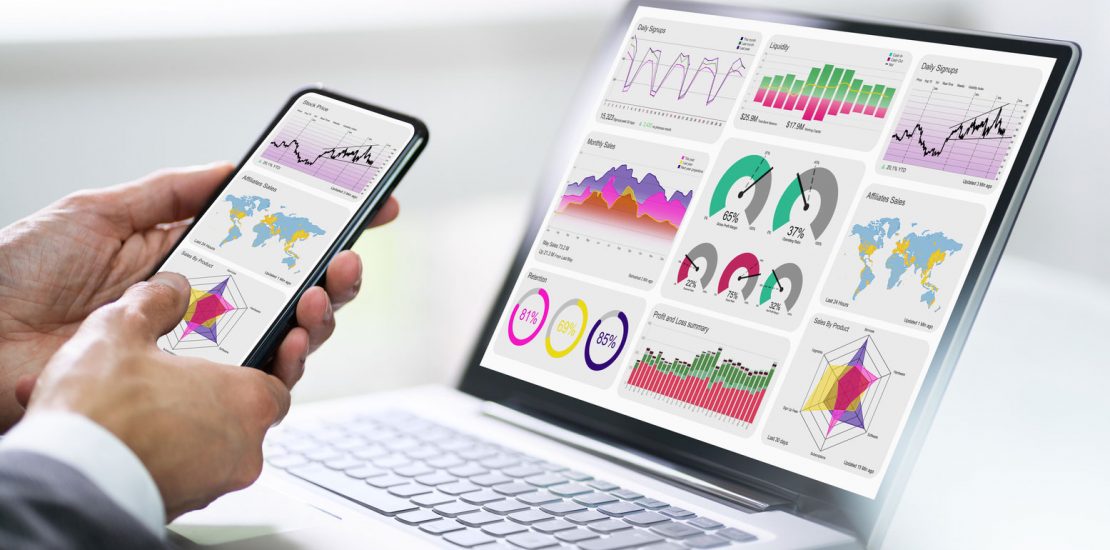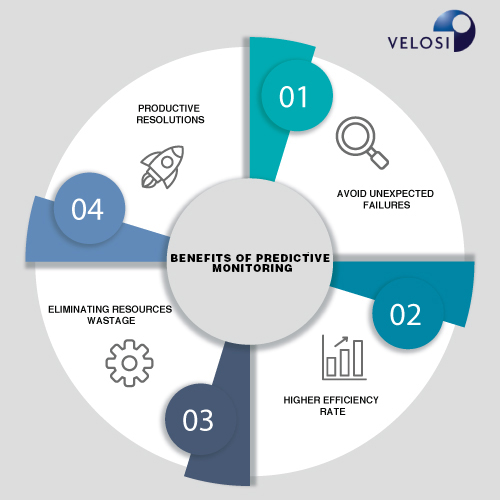What is Predictive Monitoring and how to make it happen
- July 13, 2022
- Posted by: Velosi Author
- Categories: CMMS, Insights, Software

What is Predictive Monitoring and how to make it happen
Nowadays maintenance is not performed as it was before. There have been several amendments to it, taking it to a new level. One main reason for such situations is high competition. Business loss can result from a small mistake, and your competition automatically gains an advantage over your business.
The predictive monitoring technique allows you to make accurate predictions. The tool can be used for a variety of purposes, including predictive maintenance and asset management. A predictive monitoring system allows maintenance workers to extensively focus on other activities while maintaining assets accurately.
Predictive monitoring is transforming almost every industry. Several leading industries can benefit from accurate forecasting, specifically industrial manufacturing. Innovatively those entire businesses are built around helping them with everything from remote asset monitoring to predictive maintenance. The predictive monitoring approach mainly focuses on what can be predicted. How can it work within existing infrastructures? And what will it take for it to become a solvable reality in time?

Monitor the impossible with predictive monitoring
Predictive monitoring for industrial manufacturing sets it apart from others. Remote monitoring of assets enables a company to observe and monitor data points over time through the use of remote asset management systems. A goal is to determine whether something needs to be done and what the task is, rather than when it should be performed.
Predictive monitoring utilizes AI (artificial intelligence) to detect conditions that would otherwise be challenging to detect. It is impossible to make a correlation or gain insight from it. This technique corresponds to the behavioral change and makes humans apply specific knowledge of the process in their own skillset to determine what action, if any, is needed. Essentially, the user is the one who prescribes the action.
Maintenance that predicts the future: more than business constantly
In contrast to predictive monitoring, predictive maintenance is based on specific data and algorithms to determine the optimal time for maintenance. In order to achieve optimal results, maintenance must be performed whenever necessary, not simply at regular intervals.
We all are familiar with how often maintenance is needed for every machine. Let’s take the example of changing the oil in your car. Some manufacturers suggest that you change the oil in your car after it reaches a certain mile limit making it easy to understand and easy to measure. Oil changes are sometimes done every few months instead of taking the mileage into account. The frequency may vary depending on driving habits and driving conditions. Keeping the car analogy in mind, predictive maintenance methods track engine condition, driver behavior, and driving conditions. A driver can then use that information to determine when to change their vehicle’s oil, which ensures that they spend just enough money to maintain their car properly.
As part of manufacturing predictive maintenance algorithms, factors like age and frequency of maintenance are continuously updated along with historical performance. Through the integration of all the data, the application is able to manage maintenance more effectively than if it simply adhered to predetermined schedules. Overall, it improves decision-making, reduces costs, and makes assets more reliable.
Monitoring and maintenance using predictive analytics
The application of predictive maintenance and monitoring is imperative when it comes to plant reliability. The ability to remotely monitor and manage assets has become increasingly important as equipment ages, processes change, technology advances, people move on, and machinery keeps changing, due to which things go wrong.
A predictive monitoring system detects upcoming events and leverages the skillsets of experts. Although this approach requires a human intermediary, analytics can provide an enormous amount of insight due to its complexity. The value of AI models lies in predicting once the model has been trained and every possible variable has been included.
In the event of an emergency, predictive monitoring can identify root causes faster than other methods. Predictive monitoring does not prevent downtime incidents, but if it does, it expedites their recovery. As a result, this approach responds and resolves incidents faster, resulting in efficient cost savings. Compared to SCADA (supervisory control and data acquisition) and other software solutions that require implementation, predictive monitoring has tremendous power to improve production reliability.
Please contact us for more information and assistance.



